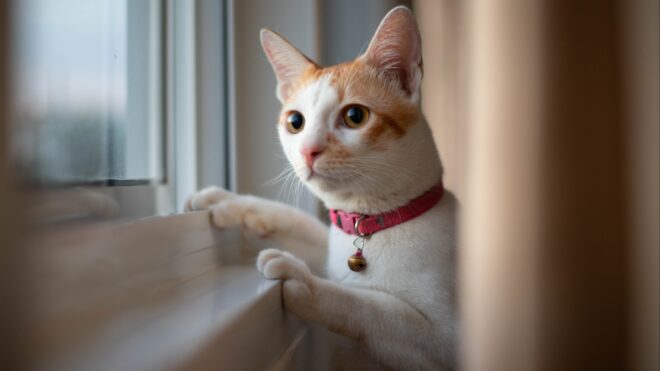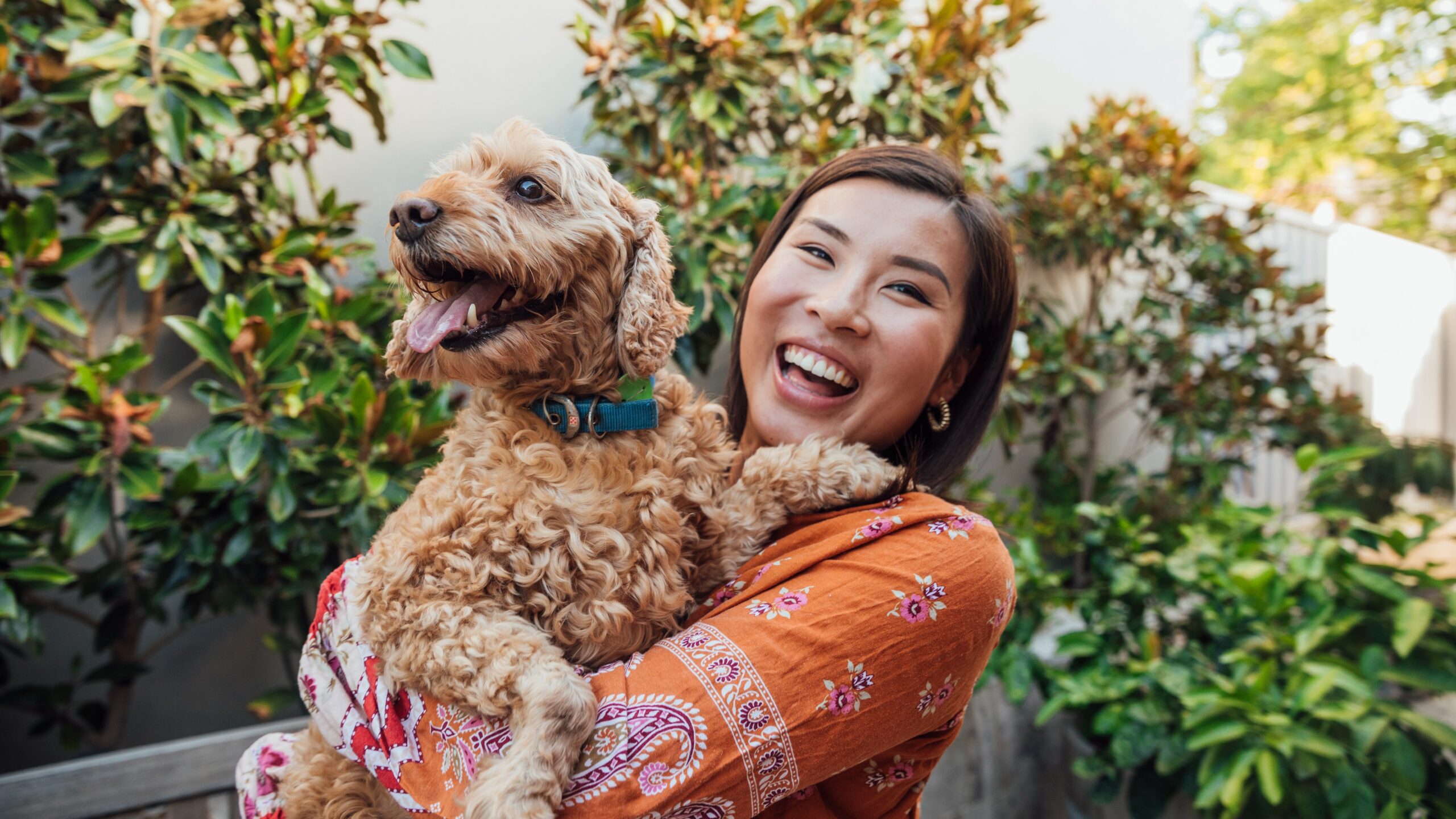
There’s a type of stress that pet owners experience specifically, and that’s pet owner anxiety. It’s the unique form of anxiety that revolves around one’s fear of something terrible happening to their pet and just the daily stresses that come with being a pet parent. Health and mortality issues, financial problems, the worry that you’re not a good enough pet parent, the paranoia that your pet will go missing or get stolen — the list is endless, and every fear is valid, no matter how unlikely.
So how do we deal with it? Well, first we need to identify the specific anxiety and why it exists.
Financial Issues
There are various planners, apps, and websites that can help you keep track of it all. They can also offer advice for when you feel the bills are cutting just a little too close to your savings, or if you’re not sure where to even put the money in the first place.
Pets cost money; it’s a fact of life and can sadly make or break your decision to get a pet. You don’t have to be rich, of course, but if you’re lacking in coin, then it’s usually best for you and your potential pet to just wait till things are more comfortable. Regardless, finances are always going to be a worry for certain people. Particularly if you don’t have pet insurance.
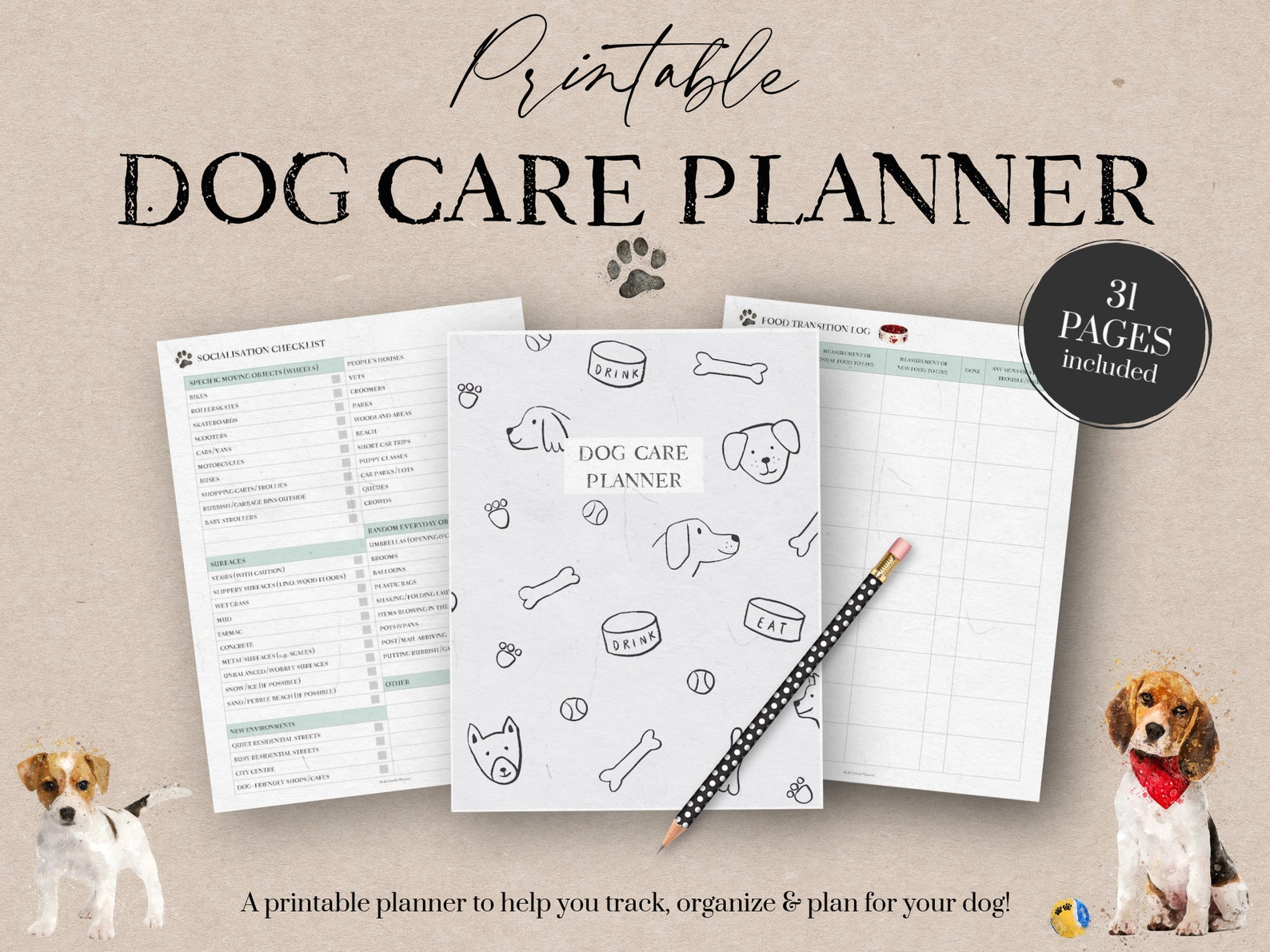
Nick Braun, the founder of Pet Insurance Quotes, suggests that pet parents enroll their critters in an insurance plan when they’re young and healthy: “Just like home or auto insurance, pet insurance companies rate differently, so we encourage pet parents to compare plans and prices from at least three providers in order to find the best value.”
Once the insurance is taken care of, you’ll feel a weight off your shoulders. The next step is budgeting and keeping track of what you’re spending and saving. You can find pet-specific (and cute) planning stationery on Etsy and via various apps. For some, this can heavily remove the stress of the financial side of pet ownership.
That being said, don’t get too bogged down with separate accounts, spreadsheets, and other forms of financial maintenance, as that in itself can be the cause of being overwhelmed for some. If you need something simple, stick to a handwritten notebook where you can take notes and make lists. Vet bills and medicine (preventative and treatment), food, toys, gadgets, budgets, and savings — that’s all you really need at the end of the day. Try out what feels right for you as an individual.
Health Anxiety and Intrusive Thoughts
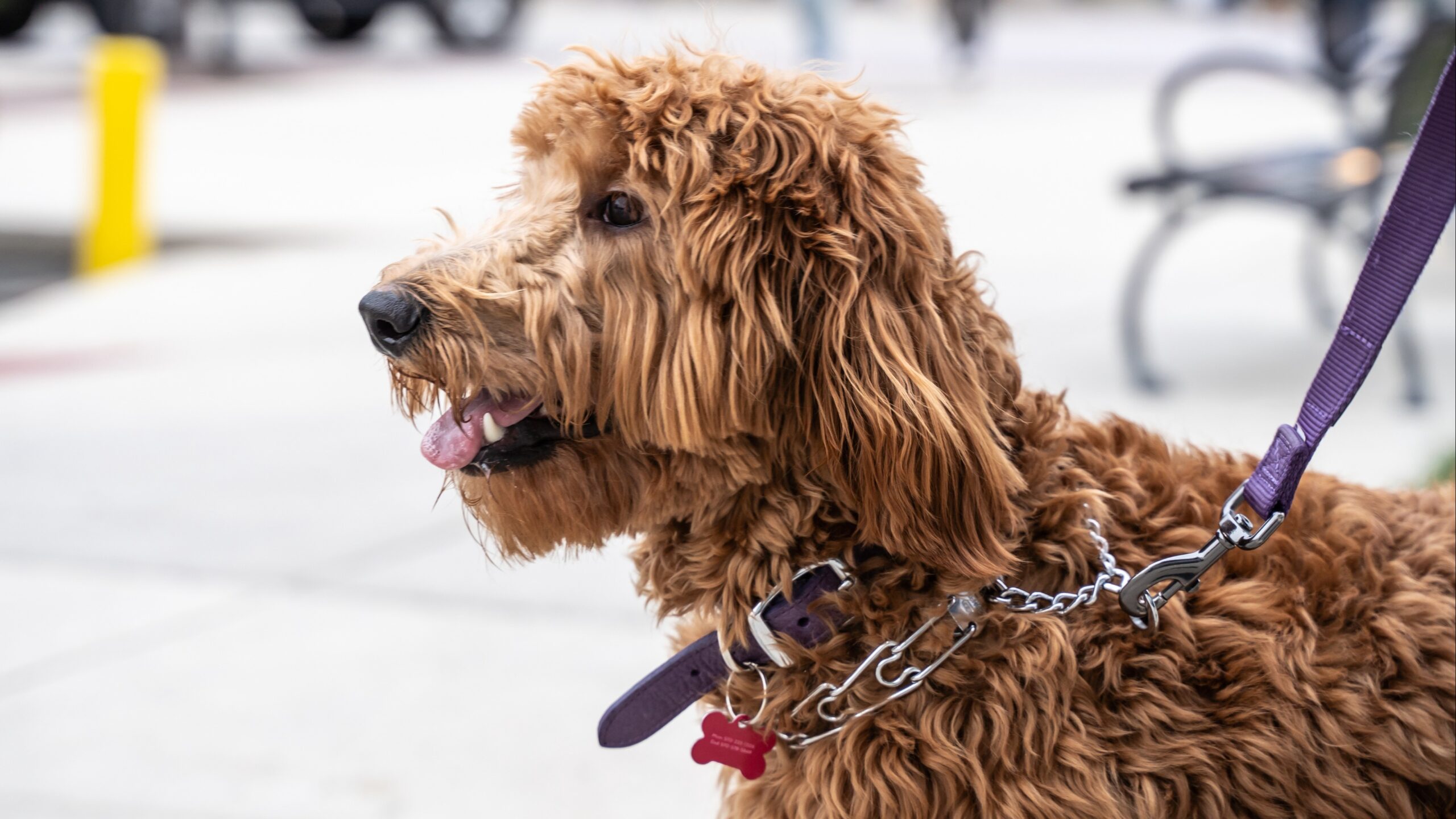
As someone who is currently looking to adopt, my mental health issues often get in the way of my adoption plans. My thoughts get carried away worrying about how my already waning savings will be affected by vet bills, food, and so on. But something that hits me harder is pet health anxiety.
My partner and I babysit our in-laws' dog from time to time. And as much as I love taking care of her and wouldn’t change it for the world, my OCD interrupts the fun times. I often have intrusive thoughts while playing with her: What if I accidentally spill my coffee on her, even though she’s way across the room? What if she eats a sharp piece of plastic on the floor when I'm not looking? What if she has a health condition that’s so subtle none of us know about it?
The pattern of "what if" is the mind killer. Cognitive behavioral therapy (CBT) tells us that these "what if" thoughts can be destroyed by in turn thinking about the lack of proof that it could happen. I spoke to Betsy Rosenfeld Vargas, life coach and author of The Complete Single's Guide to Being a Dog Owner, about this. "First thing to know is don’t judge yourself too harshly," she says. "You are not alone in worrying about your pet, and it's understandable that you want them (and by association you) to be safe and sound. That said, as a life coach, a dog rescuer and a worrywart by nature, the following is the advice I give — sometimes even to myself — to stop a thought-spiral about our pet's well-being:
- "Interrupt the fear-based thoughts with indisputable facts. 'My dog just had a checkup and her blood work was good.' 'I've done XYZ training with him, and he knows not to run out the door.'
- "Interrupt the spiral by asking yourself, 'Is this fear, or am I making this problem/danger/risk up?' This simple question can quickly give some much-needed perspective.
- "Interrupt your closed feedback loop of fear by talking with someone such as a friend, veterinary professional, or trainer who can give an objective perspective."
You've got to talk yourself through the "what ifs" like you're a lawyer. And despite the fact that accidents happen and rare events can cause tragedies, it's never set in stone. Obsessive and intrusive thoughts can’t be turned off with a switch; it's kinda the point in them. That being said, with practice, even if it feels like you’re lying to yourself at first, the more you actively reject them, the more your mind will let them go. And you can concentrate on taking care of your pet and having fun with them.
The Anxiety Will Become Easier to Deal With
“One of the gifts our animal companion brings us is living in the present moment,” pet grief counselor and creator of Honoring Our Animals Beth Bigler tells me. “This is a great model to follow when we are gripped with uncertainty or anxiety about the future. Look at your animal, take several deep breaths, and say out loud, 'Right here, right now, we are OK.' Sometimes saying something out loud that’s the opposite of the negative thought can help our brain detour from an anxious pattern.”
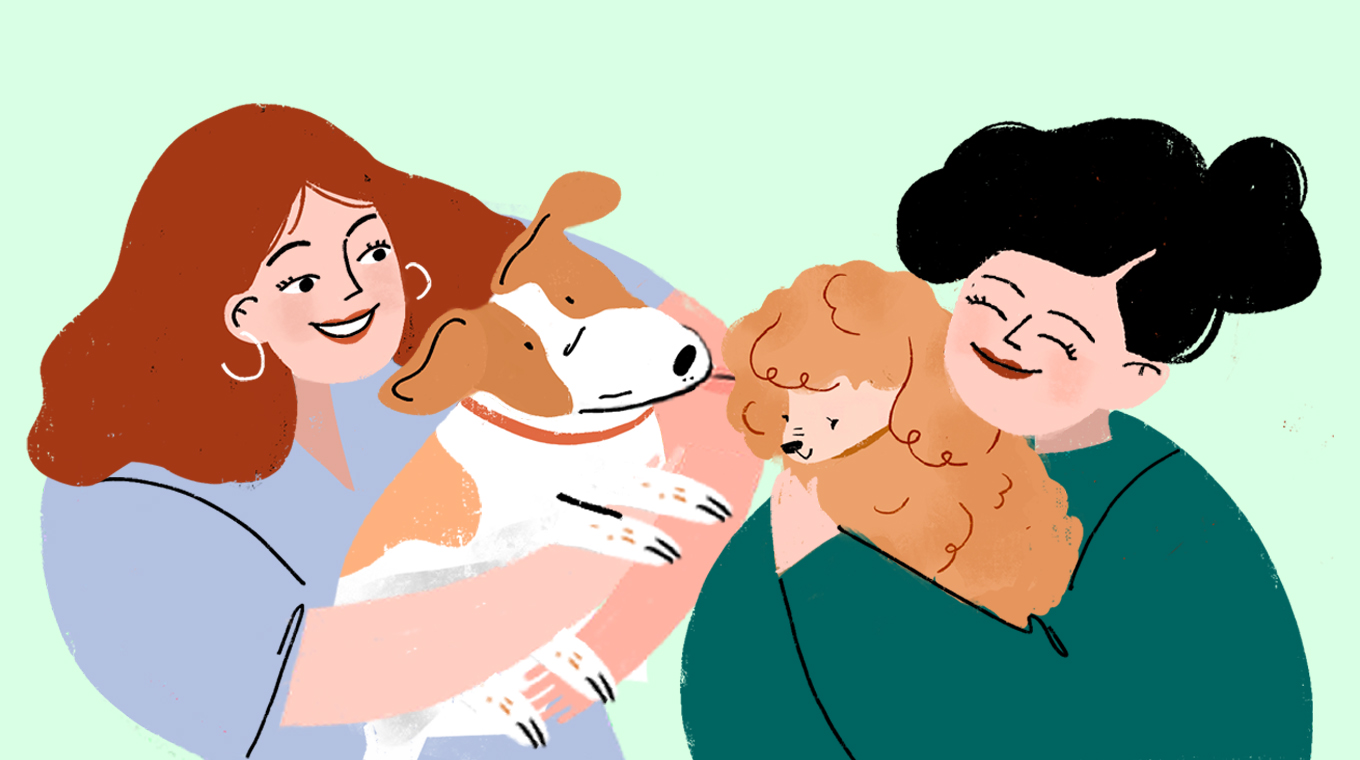
At the end of the day, you have two options: ruminate or let it go. The latter is difficult and takes a lot of time and practice, but it’s so worth it. Something that personally helps me, alongside the aforementioned CBT exercises, is repeating the motto that the time I’m wasting worrying is time I could be spending making fun memories. It helps me open myself up to the mindfulness that combats the anxiety. Because if there’s anything worse than wasted time, it’s wasted time with a loving furry friend.


